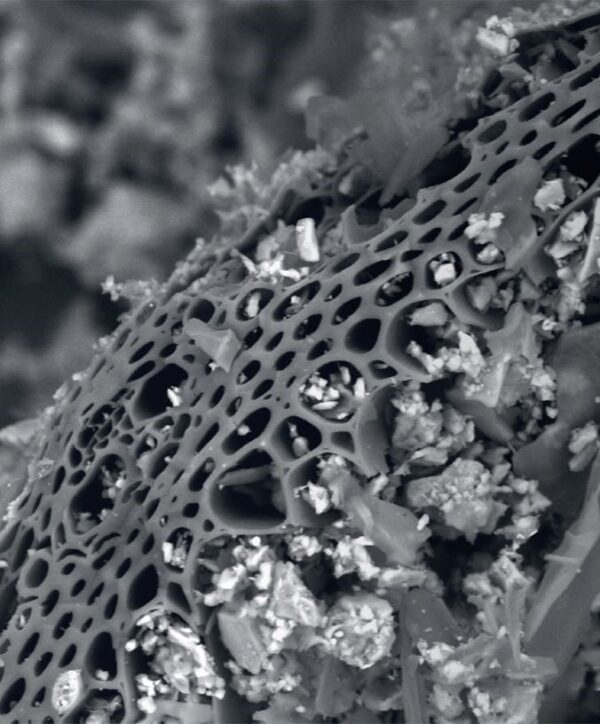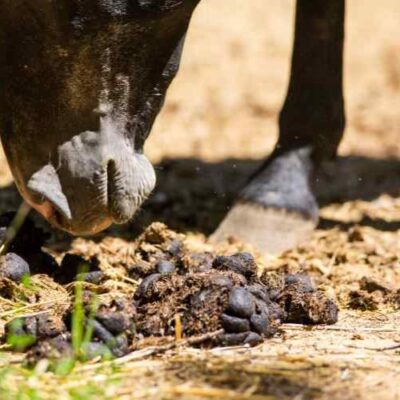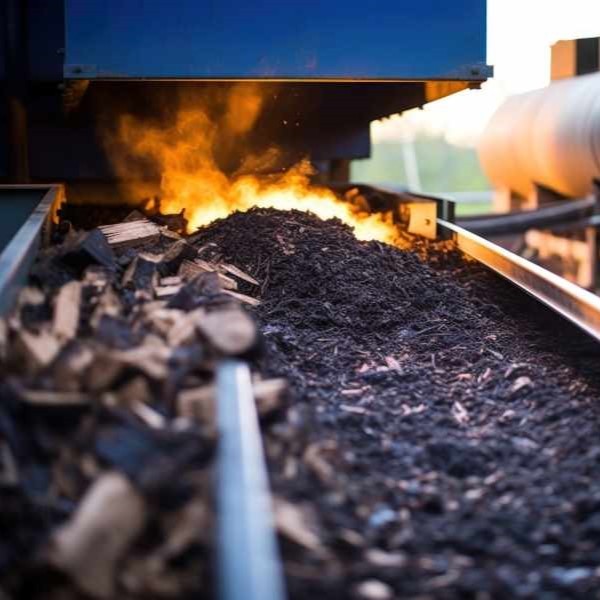Experience faster, better, and more nutrient-rich composting
TerraTonic Biochar Compost Booster is a line of biochar products supercharged with live microbes and their foods to:
- Accelerate composting process
- Improve aeration and moisture
- Reduce odor & emissions
- Enhance microbial activity
- Retain nutrients and compost quality
- Protect the environment


About TerraTonic Biochar
A sustainable material that promotes microbial activity by retaining oxygen, moisture, and nutrients in its porous structure.
Wood Biochar
It is made by heating forestry softwood residues, which would otherwise pose a fire hazard, in a controlled environment with limited oxygen. This process, known as pyrolysis, transforms the residues into a highly stable and durable carbon-rich material called biochar.
Porous Structure
It consists of tiny pores ranging from micrometers to nanometers, provides a vast surface area for microbial attachment and growth. These pores also store water and nutrients, releasing them to the environment as needed.
Using TerraTonic Biochar in your composting
General Guide
For Your New Compost Pile
If you’re setting up a new compost pile, mix 10% of TerraTonic Biochar Compost Booster by volume, ensuring it’s spread evenly between the layers of your compost material.
For Your Existing Compost Pile
For those looking to enrich an already existing compost pile, simply sprinkle in an additional 3-5% of the Compost Booster by volume.
To maximize benefits, we recommend lightly watering the compost after adding TerraTonic Biochar. Additionally, make it a routine to aerate or turn over the compost once every week.
For Your Compost Mix
Blend 1 part TerraTonic Biochar Compost Booster with 1 part of your finished compost. To this mixture, add 5 parts soil, creating a nutrient-dense medium ideal for gardening.
For Manure Composting
For animal waste treatment, TerraTonic Biochar is charged with a group of beneficial microorganisms and their foods, specifically selected to target common organic matter found in animal waste. These beneficial bacteria synergize the biochar speed up decomposition, minimize odor and pathogens, and produce high quality compost.

For Plant Waste Composting
For plant waste such as yard trimmings and crop residues, the TerraTonic Biochar is charged with billions of functional microorganisms and their foods, which increases the microorganism population in compost piles. These active microorganisms are able to produce enzymes, such as cellulase, protease, amylase, and lipase, which generate earlier decomposition.



